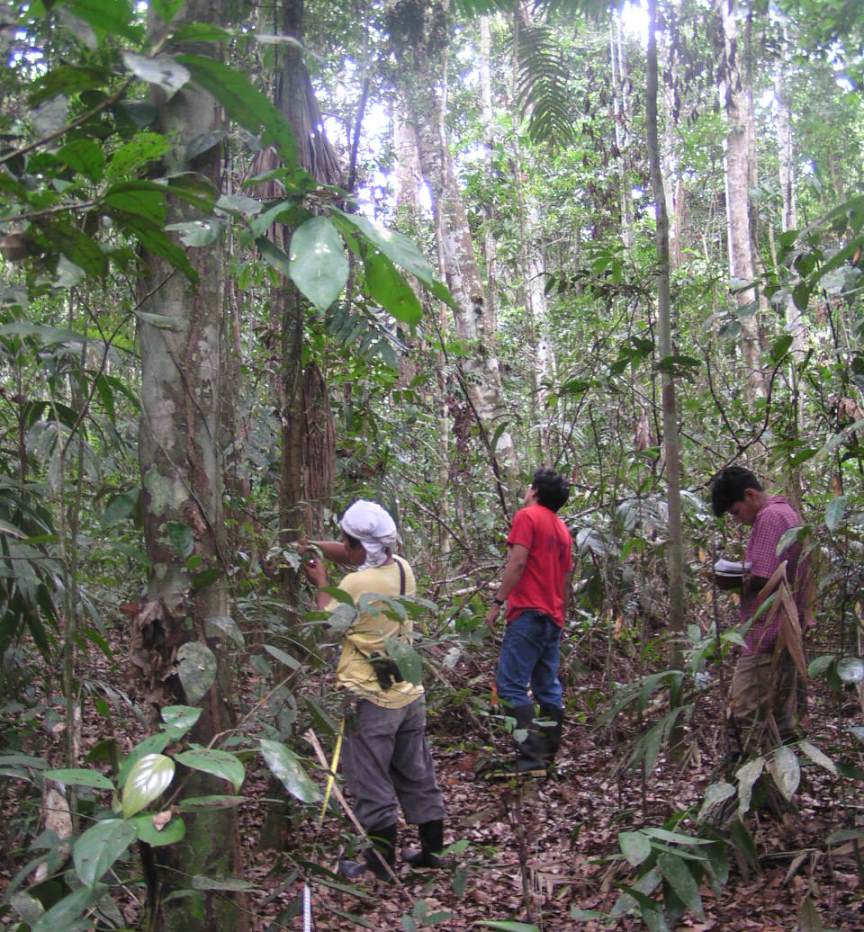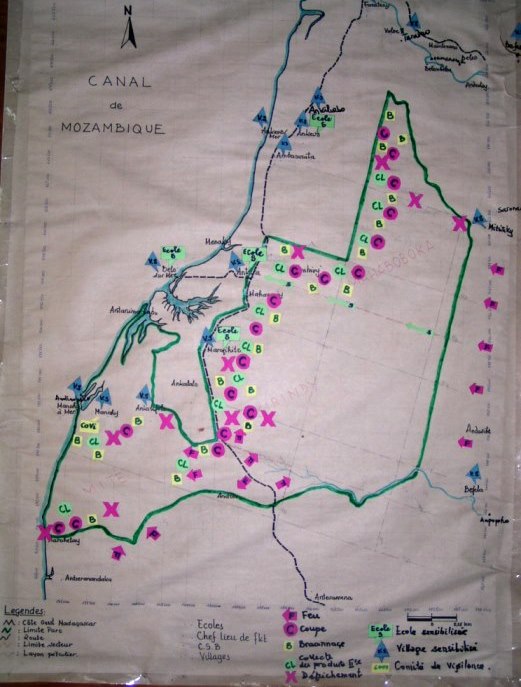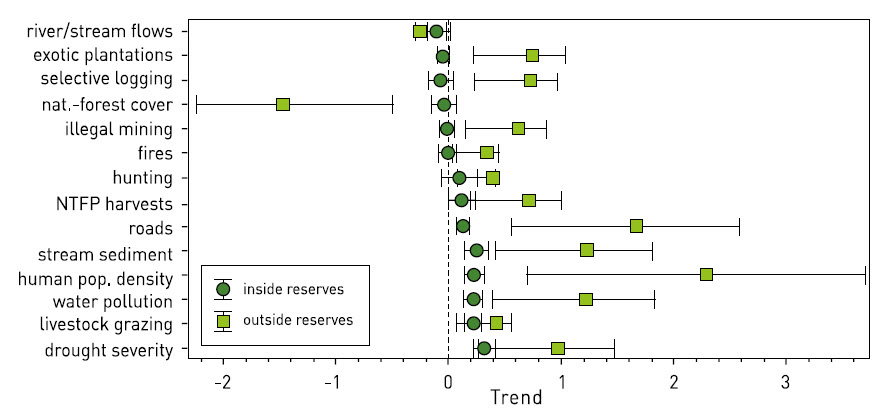- Professionals in conservation, agriculture, development, and research seek to assess the status of biodiversity targets and their responses to threats.
- A new biodiversity monitoring manual brings together numerous resources to aid students, researchers, and resource managers in assessing resource health over time.
- The manual is freely available online from Germany’s GIZ to facilitate informed natural resource decision-making.
Much of field biology and resource conservation work includes monitoring biodiversity, whether it is plant growth, animal movement, population dynamics, or response to human activity. The international development sector is also increasingly interested in monitoring the ecosystem goods and services upon which human communities depend.

Understanding what level of extraction, input, or change to an animal or system is “sustainable” requires understanding how the organism or community changes over time. Many field staff working in parks, forestry concessions, and agriculture lack biological backgrounds yet are tasked with observing, recording, and assessing change to plants, animals, and ecological communities and processes.
Various governments, universities, and international conventions have developed guidelines for monitoring; these and a variety of related materials are available online at disparate locations. The GIZ Asia sector network has just produced a short manual on biodiversity monitoring that is freely available for download that brings together much of this previous experience. Entitled “Biodiversity Monitoring for Natural Resource Management ― An Introductory Manual,” the new resource aims to provide field research and management teams with succinct practical guidance for planning and conducting biodiversity monitoring.
Basics, partners, and planning
One of the three substantive chapters identifies basic questions and pit-falls in biodiversity monitoring, such as identifying and selecting useful indicators to measure pressures (threats), state of the target organism or system, and its responses to those pressures.

A second chapter focuses on the importance of engaging partners and stakeholders and their expectations. “Objectives and indicators need to be tailored to the stakeholders’ needs. In practice, however, stakeholders tend to ask for too much.” It highlights the benefits and challenges of participatory monitoring, one way to involve highly knowledgeable local communities in measuring the health of their natural environment.
The third main chapter helps the reader with planning a biodiversity monitoring program with sections on ways to collect different types of data (systematically, opportunistically, and remotely), the critical need for considering – before beginning a monitoring program – how data will be analysed, and a checklist for planning a biodiversity monitoring cycle.
While the manual leans toward tropical forest ecosystems and field research methodologies, the techniques and concepts are meant to be general in scope and global in reach.

To keep the text concise and broadly relevant, the manual does not include case study examples or advocate for any particular technique, though it mentions both low-tech and high-tech actions as possible strategies. The aim of the manual’s text is to be succinct, offer many links to software, analysis techniques, and recommended further reading and be practical enough to help students and field professionals in a range of sectors.
Strengths of the manual include the clear text and myriad references and download links to further reading. Nearly a third of the manual is dedicated to descriptions and Internet links to resources that readers can consult to learn more on specific aspects of biodiversity monitoring.
A weakness might be the generality of the overview, to accommodate field work in any location on any species; the lack of specifics can require readers inexperienced in biodiversity sampling to look elsewhere for an explanation, such as this section on sampling protocols:
“Widely used sampling protocols (describing an exact methodology used to collect data) have many benefits. They are tried and tested, are likely to allow sound data analysis, and increase the value of data by facilitating comparison with other studies. However, the limited consensus on survey methodology for many types of biodiversity indicators also shows that a single method often cannot be ideally suitable for any situation, and that modifications may often be advisable.”
Nevertheless, the ample resources described and the thorough information in three appendices (study design, sampling protocols, and using organisms as indicators) address a good portion of these generalities.

Measuring change over time of species, habitats, and communities form an essential part of biodiversity conservation, sustainable use of natural resources, and retention of ecosystem services. The manual, produced by GIZ’s Sector Network Rural Development Asia to help scientists, resource managers, and governments make informed land use and related decisions, is available online at the Sector’s Asia site and also via Researchgate.
If you have used this manual or can suggest complementary biodiversity monitoring resources, please leave a comment on our Wildtech Facebook site.
Reference:
Laurance W.F., Useche D.C., Rendeiro J., Kalka M., Bradshaw C.J.A., Sloan S.P., Laurance S.G., Campbell M. et al. 2012. Averting biodiversity collapse in tropical forest protected areas. Nature 489: 290–294.
